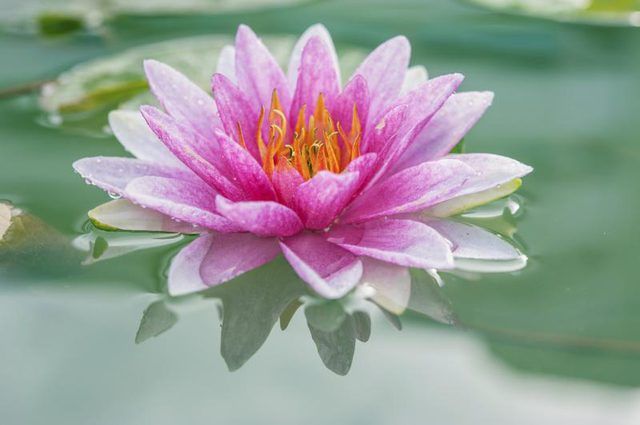Bulbs
Flower Basics
Flower Beds & Specialty Gardens
Flower Garden
Garden Furniture
Garden Gnomes
Garden Seeds
Garden Sheds
Garden Statues
Garden Tools & Supplies
Gardening Basics
Green & Organic
Groundcovers & Vines
Growing Annuals
Growing Basil
Growing Beans
Growing Berries
Growing Blueberries
Growing Cactus
Growing Corn
Growing Cotton
Growing Edibles
Growing Flowers
Growing Garlic
Growing Grapes
Growing Grass
Growing Herbs
Growing Jasmine
Growing Mint
Growing Mushrooms
Orchids
Growing Peanuts
Growing Perennials
Growing Plants
Growing Rosemary
Growing Roses
Growing Strawberries
Growing Sunflowers
Growing Thyme
Growing Tomatoes
Growing Tulips
Growing Vegetables
Herb Basics
Herb Garden
Indoor Growing
Landscaping Basics
Landscaping Patios
Landscaping Plants
Landscaping Shrubs
Landscaping Trees
Landscaping Walks & Pathways
Lawn Basics
Lawn Maintenance
Lawn Mowers
Lawn Ornaments
Lawn Planting
Lawn Tools
Outdoor Growing
Overall Landscape Planning
Pests, Weeds & Problems
Plant Basics
Rock Garden
Rose Garden
Shrubs
Soil
Specialty Gardens
Trees
Vegetable Garden
Yard Maintenance
How to Grow Waterlilies From Seed
How to Grow Waterlilies From Seed. Waterlilies (Nymphaea spp.), with their broad leaves and flowers that float on the water's surface, are classified into two main types: hardy and tropical. Hardy types typically grow in U.S. Department of Agriculture plant hardiness zones 3 through 9, while tropical types grow in USDA zones 10 through 12....

Waterlilies (Nymphaea spp.), with their broad leaves and flowers that float on the water's surface, are classified into two main types: hardy and tropical. Hardy types typically grow in U.S. Department of Agriculture plant hardiness zones 3 through 9, while tropical types grow in USDA zones 10 through 12. Waterlilies rarely suffer from pest or disease damage, but newly planted seedlings are more susceptible to feeding damage from wildlife and pond fish. Starting the seeds indoors increases the chances of germination and protects the seedlings from animal pests.
Seeding Time
Hardy waterlilies, such as alligator bonnet (Nymphaea odorata), which grows in USDA zones 3 through 11, do not germinate as readily as the tropical varieties. Sow hardy waterlily seeds immediately after buying them or after collecting them from existing plants in summer to increase the chances of germination. Hardy waterlily seeds won't germinate after they dry out. The tropical varieties, such as the Egyptian blue waterlily (Nymphaea caerulea), which grows in USDA zones 10 through 12, germinate readily and are best planted in spring after frost danger has passed. When collecting or buying seed, make sure the species isn't invasive in your area.
Sowing Seeds
Seeds germinate most readily in wet medium. A shallow tray filled with a moist, sterile seed-starting medium allows you to start several seeds in a single container. Sow the seeds on the surface of the medium, pressing them in lightly so they are in full contact with the medium, and space seeds about 2 inches apart. Cover the seeds with a thin layer of sand or the potting medium so they are just covered. After sowing, set the tray in a larger pan of water so the soil surface is submerged 1 to 2 inches deep. The seeds must remain wet at all times or they will not germinate.
Germination Technique
Temperature requirements for germination depend on the type of waterlily. Hardy waterlilies germinate at temperatures near 55 degrees Fahrenheit, while tropical types sprout at 73 to 81 F. It can take the seeds three to four weeks to germinate, so maintain the water level and the temperature until the first sprouts begin to emerge. After sprouting, put the tray where it will get bright, all day sun to encourage healthy growth and straight stems.
Early Care
Seedlings require potting into individual pots after they grow 2 to 3 inches tall. Use 3 inch pots filled with a potting soil formulated for water plants. Transplant the seedlings into the new pots at the same depth they were growing at previously, lifting them from the tray by their topmost leaves so the stems aren't crushed. Submerge the pots under 2 to 3 inches of water and continue to grow the lilies in a brightly lit location. You can transplant them to a final 6-inch pot when the stems grow above the 2- to 3-inch water level. Set the pot so the soil surface is 4 inches deep in the water, and gradually increase the depth until the lily pot sits 12 to 24 inches deep in the pond and the leaves float on the pond's surface.